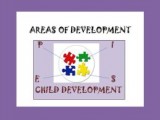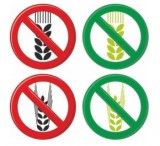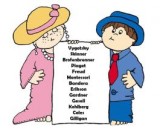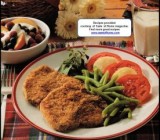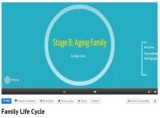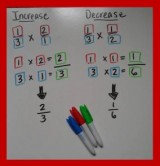
My junior high students have always struggled with multiplying fractions when I teach how to adjust recipes. I didn’t realize how much until I implemented a pre/post-test as my student learning outcome (SLO) project for my teacher evaluation. Students weren’t grasping this concept and it was consistently showing up as a weak area. I realized I needed to add more practice to what I was teaching my students in class so I decided to make it a little more interactive. This lesson is very adaptable to the ISN if you are using them in your classroom.


